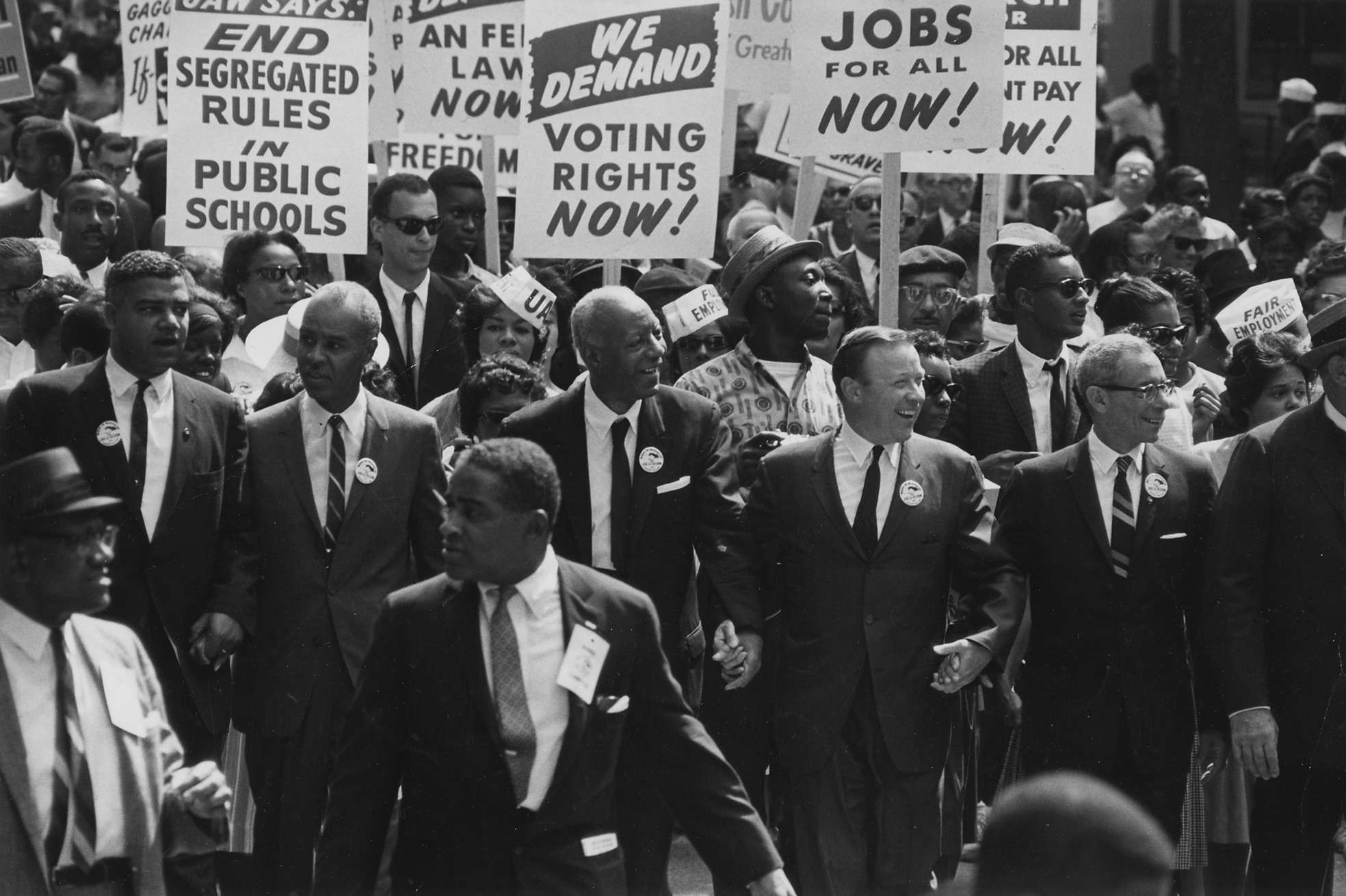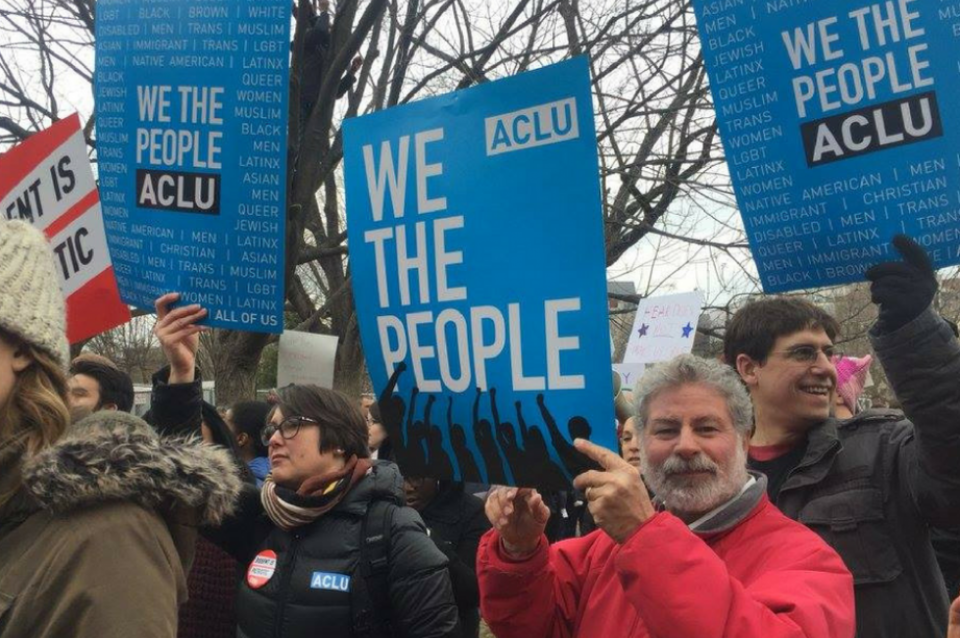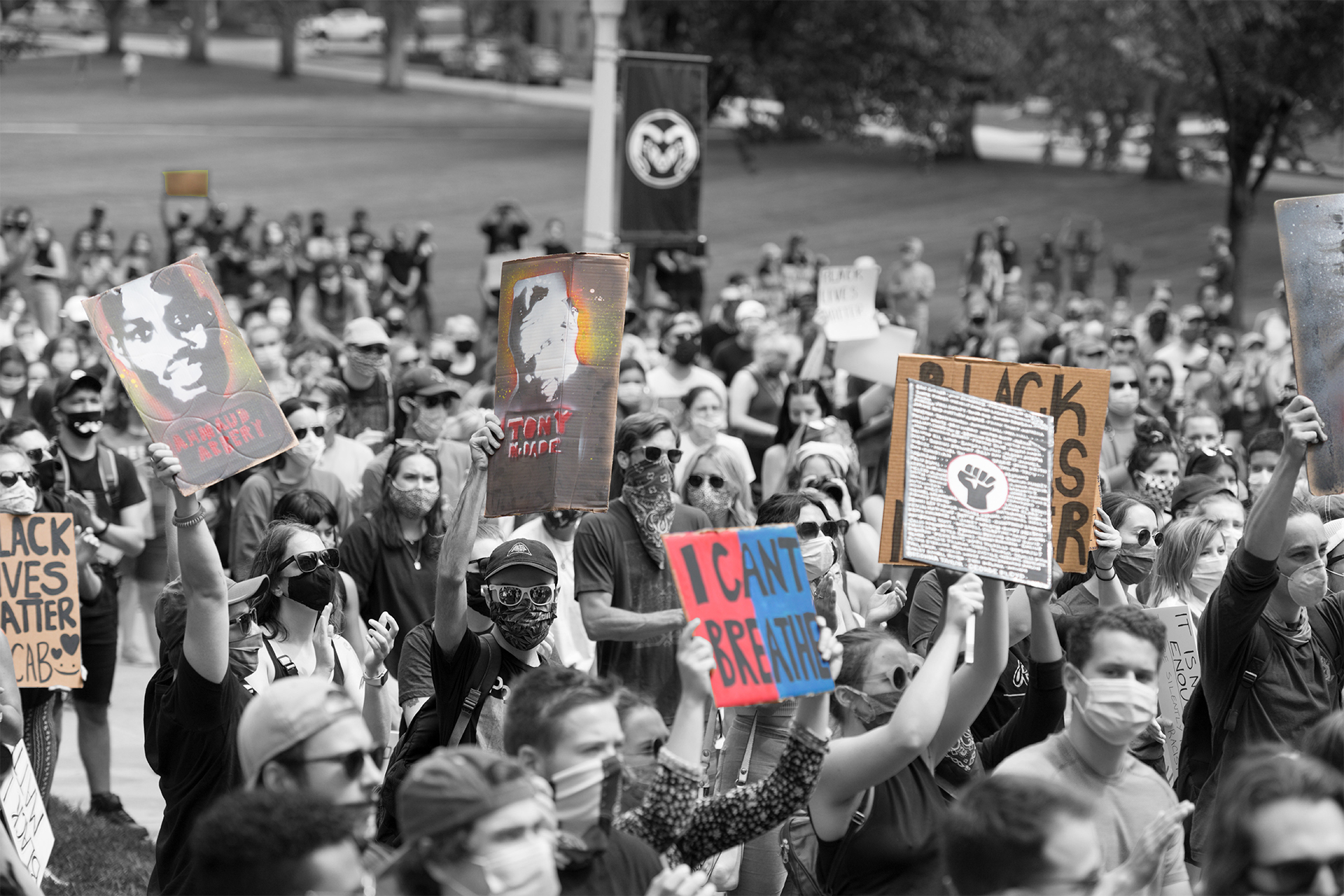The Right to Protest & Civil Disobedience: How Activism Shapes Democracy

Throughout history, protest has been a force that drives change—from the civil rights movement to climate activism.
The Dive
Activism isn’t just about speaking out—it’s about strategy. Movements that change the world require a mix of tactics, voices, and approaches. Some activists work within the system, lobbying for policy change. Others take to the streets in protest. Some educate the public, while others challenge power directly through civil disobedience.
Bill Moyer’s Movement Action Plan identifies four essential roles in activism, each contributing to societal change in distinct ways. The Citizen embodies the core values of a just society, appealing to the general public and fostering widespread support. The Rebel confronts injustice head-on, often through protests and acts of nonviolent resistance. The Change Agent plays a pivotal role in educating, organizing, and mobilizing communities for sustained activism. Lastly, The Reformer operates within political and legal systems to institutionalize change, ensuring that progress becomes embedded in policy and governance. Together, these roles create a dynamic and effective framework for social movements.
No movement succeeds with just one role. A protest without a reformer may struggle to turn its demands into laws. A reformer without rebels may lack the public pressure needed to push change forward. The most effective movements, like the Civil Rights Movement, combine all four roles to build lasting impact.
Civil disobedience is a key tool in activism. Defined as the refusal to comply with unjust laws as an act of protest, civil disobedience has been used by historical figures like Martin Luther King Jr., Mahatma Gandhi, and Susan B. Anthony. It forces those in power to confront injustice and often accelerates reform.
Protests have shaped history. The women’s suffrage movement, the March on Washington, anti-apartheid protests, and modern climate strikes have all relied on activism to challenge oppressive systems and create meaningful change. But protests are often met with resistance. Those in power attempt to delegitimize movements, painting activists as disruptive or even dangerous.
Understanding the different types of activism — demonstrations, strikes, boycotts, online campaigns, and artistic resistance — helps us recognize how change happens. From organizing local protests to joining national movements, anyone can play a role in shaping a more just society.
While the right to protest is enshrined in the First Amendment, it is constantly under threat. Laws restricting demonstrations, surveillance of activists, and criminalizing protest tactics are all modern challenges to civic engagement. Understanding our rights is essential to protecting democracy itself.
The key question: How can we ensure that activism remains a powerful force for progress?
Why It Matters
Activism is the backbone of democracy. Without protests, many of the rights we take for granted—like voting rights, labor protections, and civil liberties—wouldn’t exist. But social change doesn’t happen overnight. It requires strategy, persistence, and a combination of different activist roles. By understanding how movements work and why protests matter, we can better engage in shaping the future. Whether you’re speaking out against injustice, organizing in your community, or lobbying for change, activism belongs to all of us.
?
What are the most effective strategies for social movements? Why?
How does civil disobedience differ from other forms of protest?
Why do some movements succeed while others struggle to create lasting change?
What legal protections exist for protesters, and how have they been challenged?
How can young people get involved in activism today?
Dig Deeper
We live in an age of protest. On campuses, in public squares, on streets and social media, protestors around the world are challenging the status quo. But while protest is often necessary, is it sufficient? Eric Liu outlines three strategies for peacefully turning awareness into action and protest into durable political power.
Henry David Thoreau not only wrote Walden; he is also responsible for a small pamphlet titled Civil Disobedience, which recommends that – when a US president is taking a wrong turn – good citizens have a duty to protest.
Related

Votes for Women: The Fight for the 19th Amendment
It took more than 70 years of protests, petitions, and picket lines to win the right for women to vote in the United States. The 19th Amendment didn’t just expand democracy—it redefined it.

MLK the Disrupter and the Poor People’s Campaign
Dr. Martin Luther King Jr.’s final chapter was about more than civil rights—it was a bold demand for economic justice that challenged the nation’s values at their core.

Mutual Aid: Helping Each Other, Building Power
Mutual aid is what happens when communities decide, “We’ve got us,” and organize to meet needs together—no profit, no savior, just solidarity.
Further Reading
Stay curious!

